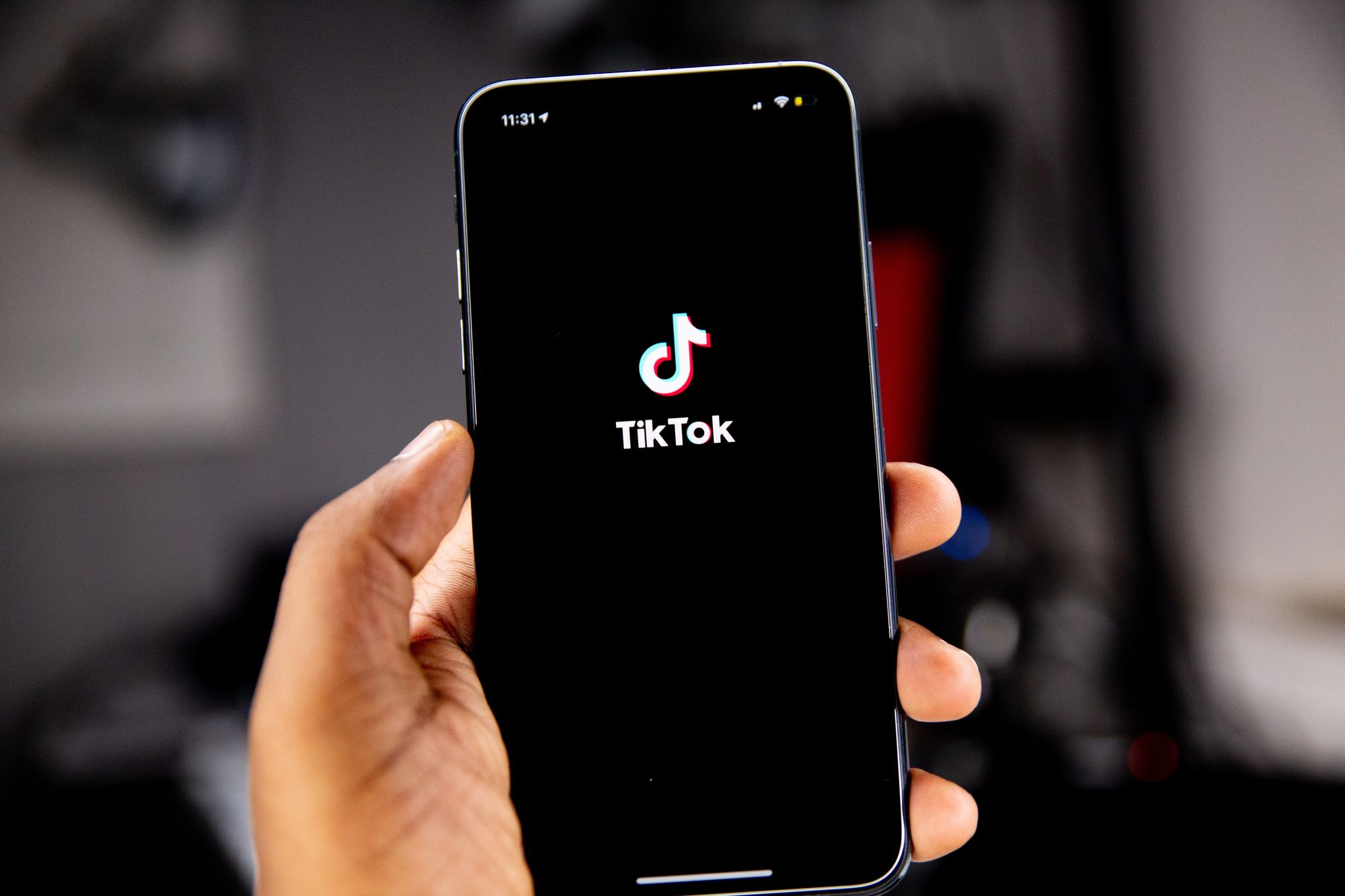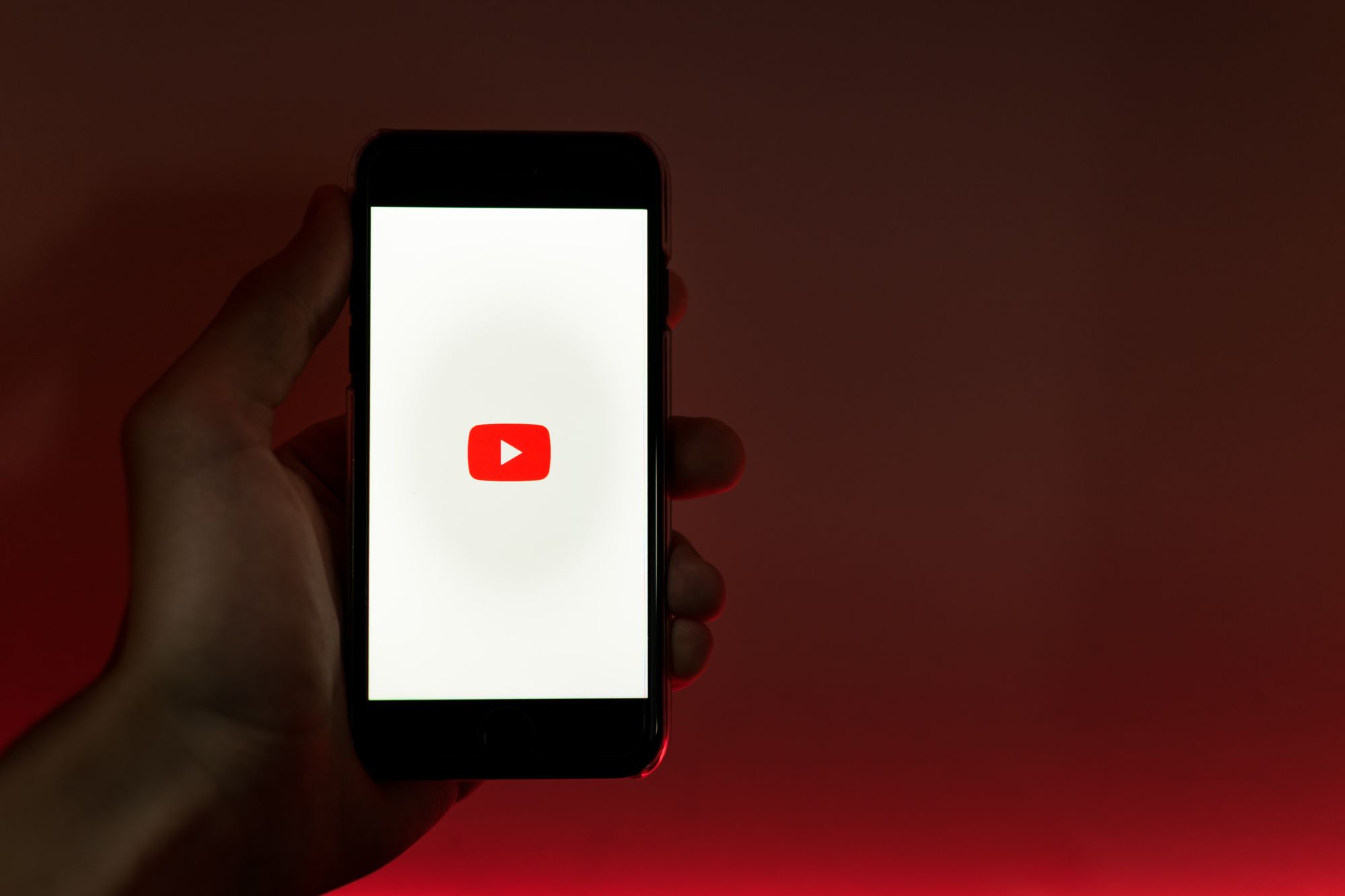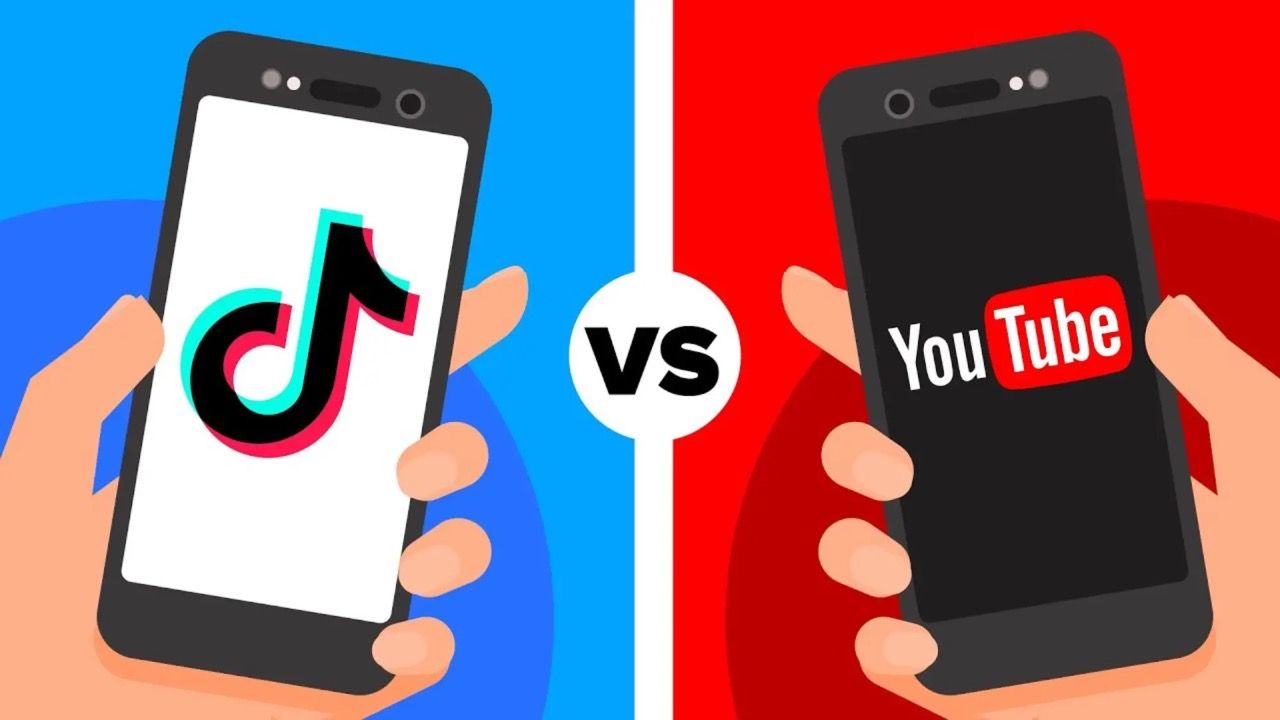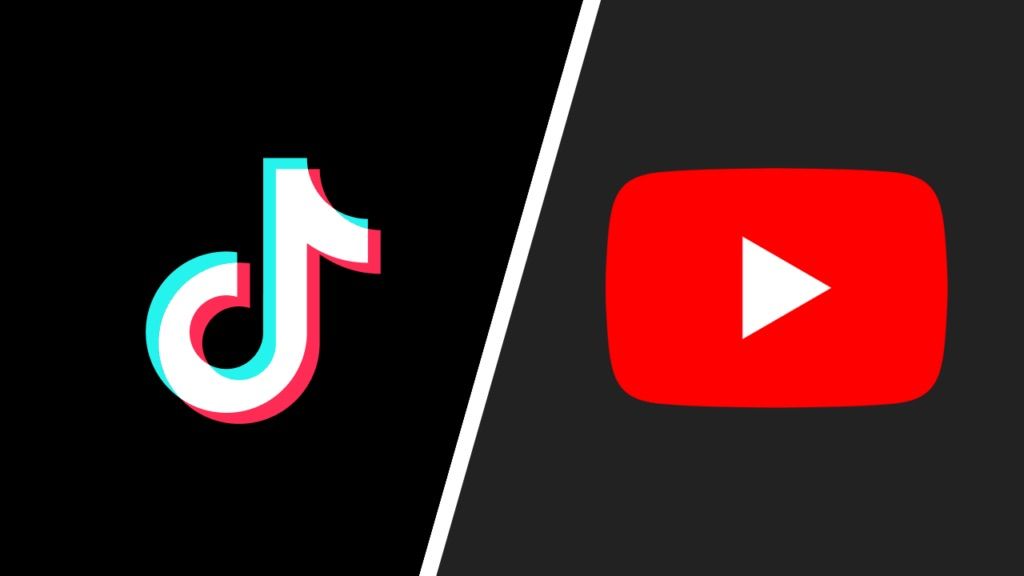Table of Content
- What is TikTok?
- What is YouTube?
- 6 Differences Between TikTok and YouTube
- 3 Similarities Between TikTok and YouTube
- Which One Should A Brand Choose?
What is TikTok?
TikTok, initially launched as Musical.ly by Chinese startup ByteDance in 2017, has evolved into a popular social media app that allows users to watch, create, and share short videos. While its original purpose was to serve as a music and lip-sync platform, it has expanded to include a diverse range of video-sharing features and a vast array of content from various industries.

One of TikTok's standout features is its user-friendly content creation process. Users can effortlessly produce content directly from their mobile devices, adding backgrounds, stickers, filters, and emojis to enhance their videos. They can then share their creations online, inviting comments and reactions from the audience. As a result, an increasing number of brands are now capitalizing on TikTok's widespread popularity to enhance their brand recognition and effectively engage with a younger demographic.
What is YouTube?
YouTube, the second most visited website globally, emerged less than two decades ago as a video-sharing platform primarily intended for users to share their personal videos. Soon after its launch, the platform gained rapid traction, attracting a staggering 30,000 daily visitors. Recognizing its potential, Google, the prominent search engine giant, acquired YouTube, transforming it into the influential platform it is today.

What sets YouTube apart is its extensive and freely accessible video repository. In fact, a remarkable 78% of online users rely on YouTube as their primary video source. With its vast array of content spanning virtually any topic of interest, YouTube has become an invaluable channel for brands to effectively market their products. This tremendous opportunity for self-promotion has also led to an immense influx of content creators and influencers who contribute to the platform's dynamic ecosystem.
6 Differences Between TikTok and YouTube
- Video Length Limit
Although the majority of TikTok videos are typically limited to a concise 15-second duration, it's important to note that the maximum length allowed on the platform is actually 10 minutes. Conversely, YouTube offers greater flexibility when it comes to content curation. Regular users can upload videos of up to 15 minutes in length, while verified accounts enjoy the privilege of extending their videos to an impressive 12-hour duration.
2. Audience
Globally, TikTok boasts a staggering monthly user base of over one billion, while YouTube surpasses it with a remarkable two billion users. Interestingly, India holds the leading position in terms of user count on both platforms. It claims the highest number of YouTube users and also records the most app downloads for TikTok.
Moreover, YouTube has a more diverse user base in terms of age groups. It attracts users of all ages, from children to older adults. On the other hand, TikTok has gained popularity predominantly among younger demographics, particularly Gen Z Content Creation and millennials

3. Content Creation
TikTok videos are delightful, compact creations that often incorporate sound elements. They encompass various genres, including dance and lip-sync videos, alongside occasional pranks and stand-up comedy sketches.
On the other hand, YouTube provides a broader platform for content creators, offering a more customized and polished experience. YouTube videos typically demand meticulous planning, setup, and editing to deliver high-quality content. In contrast, TikTok's simplicity lies in its accessibility, as it merely requires a smartphone camera to capture and share videos.
4. Ad Formats
On TikTok, there are several ad formats available for running campaigns. These include:
- In-feed ads: These ads automatically play on the user's For You page, seamlessly blending with the content they are scrolling through.
- Top-view ads: Positioned at the top of the audience's For You page, these ads capture immediate attention as soon as the page is opened.
- Brand takeover ads: These ads occupy the entire screen, displaying static or dynamic content that users can not interact with through likes or comments.
- Branded hashtag challenges: Advertisers can create and promote challenges using specific hashtags to encourage user participation and engagement with their brand.
- Branded effects: Advertisers can develop custom effects, such as filters or lenses, that users can apply to their own videos, thereby promoting brand awareness.

In contrast, YouTube offers a wider range of ad formats, including:
- Image ads: These static ads are displayed alongside YouTube videos, usually appearing on the right side of the video player or as overlay ads.
- Video ads: Advertisers can run video commercials before, during, or after YouTube videos, reaching a large and engaged audience.
- Carousel ads: This format enables the display of up to 10 images or videos within a single ad unit, allowing for a more interactive and immersive experience.
- Instant experience ads: When mobile users tap on these ads, they are presented with a full-screen experience that showcases more detailed information about the advertised product or service.
- Collection ads: These ads, which initially appear as an Instant Experience, provide users with an engaging and interactive browsing experience when they engage with the ad, allowing for a seamless transition between product discovery and purchase.
Overall, while TikTok offers a specific set of ad formats designed to engage and entertain users, YouTube presents a more diverse range of options that cater to different advertising objectives and content formats.
5. Background Music
Both TikTok and YouTube provide options for creators to include royalty-free background music in their videos, avoiding copyright claims. Copyright claims may arise when creators utilize well-known audio without obtaining permission from the artist. However, on YouTube, if you opt to use popular soundtracks, it may lead to a copyright claim on your upload, putting your video at risk of demonetization, concealment, or even deletion.

In contrast, TikTok offers more leniency to creators when it comes to incorporating trendy songs and audio into their videos without facing penalties. Moreover, if you have a creative inclination towards generating original sounds like text-to-speech voiceovers, TikTok provides an ideal platform. It grants creators the freedom to utilize original sounds, explore audio from other creators, incorporate popular tracks from trending artists, and even record directly within the app itself. For those seeking to avoid copyright claims and create videos using popular sounds, TikTok is highly recommended.
6. Community
Communities flourish on both TikTok and YouTube, where viewers enthusiastically introduce their favorite creators to their loved ones without any restrictions on sharing entertainment. Whether it's through TikTok shares within the app or sharing YouTube video links via text messages, viewers can become passionate advocates for your accounts. However, when diving into the TikTok realm, be prepared for an array of intriguing comments. Implementing comment moderation, filters, and community guidelines can effectively foster a positive environment for interactions. On the other hand, YouTube naturally provides a more regulated comments section, embracing kindness, support, and predominantly positive feedback.
3 Similarities Between TikTok and YouTube
- Video Content Platforms
Both YouTube and TikTok are dynamic video-sharing platforms that encompass a wide range of topics, spanning from dance and fashion to art and food. They serve as versatile outlets for content from various industries, making them suitable for virtually any niche or interest. Both platforms offer opportunities for both established brands and individual creators to publish and share their content, fostering a diverse and inclusive community of creators.
2. Live-Streaming
YouTube and TikTok offer a live-streaming feature that allows all creators to engage with their audience in real time. The preference between the two platforms depends on factors such as your target demographic and discoverability, rather than one being inherently better than the other. However, TikTok stands out with its unique live stream button, providing users with convenient access to trending live streams and enhancing the chances of discovering active broadcasts. Additionally, TikTok creators often utilize short live streams for various purposes like "Get Ready With Me" (GRWM) sessions, car chats, and other interactive experiences.
3. Algorithms
Both YouTube and TikTok employ algorithms that function in a similar manner, aiming to deliver personalized content to users based on their past interactions and preferences. These algorithms analyze users' behavior, such as their likes, comments, and video watch history, to understand their interests and preferences. By doing so, the platforms strive to provide users with a curated feed that aligns with their individual tastes, ensuring they come across content that resonates with them.
By leveraging these algorithms, YouTube and TikTok offer a powerful mechanism for content discovery, connecting creators with audiences who are genuinely interested in their content. It creates a dynamic ecosystem where creators have the opportunity to reach and engage with the right audience, fostering growth, and establishing a loyal fan base.
Which One Should A Brand Choose?
At first glance, TikTok boasts an impressive 318.2 million organic traffic, while YouTube stands out with a staggering 646 billion. In terms of paid traffic, TikTok records 643,600, whereas YouTube reaches an audience of 65.1 million.
Both YouTube and TikTok have solidified their presence in the digital landscape, with YouTube currently holding a larger audience. However, it's important to keep an eye on TikTok's rapid ascent to prominence. For marketers who prioritize video marketing, both platforms offer great opportunities. Studies show that 87% of marketers credit video content for increasing their website traffic, while 82% acknowledge its positive impact on dwell time.

Ultimately, the decision should be based on a comprehensive understanding of your target audience, content strategy, brand identity, goals, budget, and available resources. It can also be beneficial to test both platforms initially and evaluate the results to determine which one yields the best outcomes for your brand.


